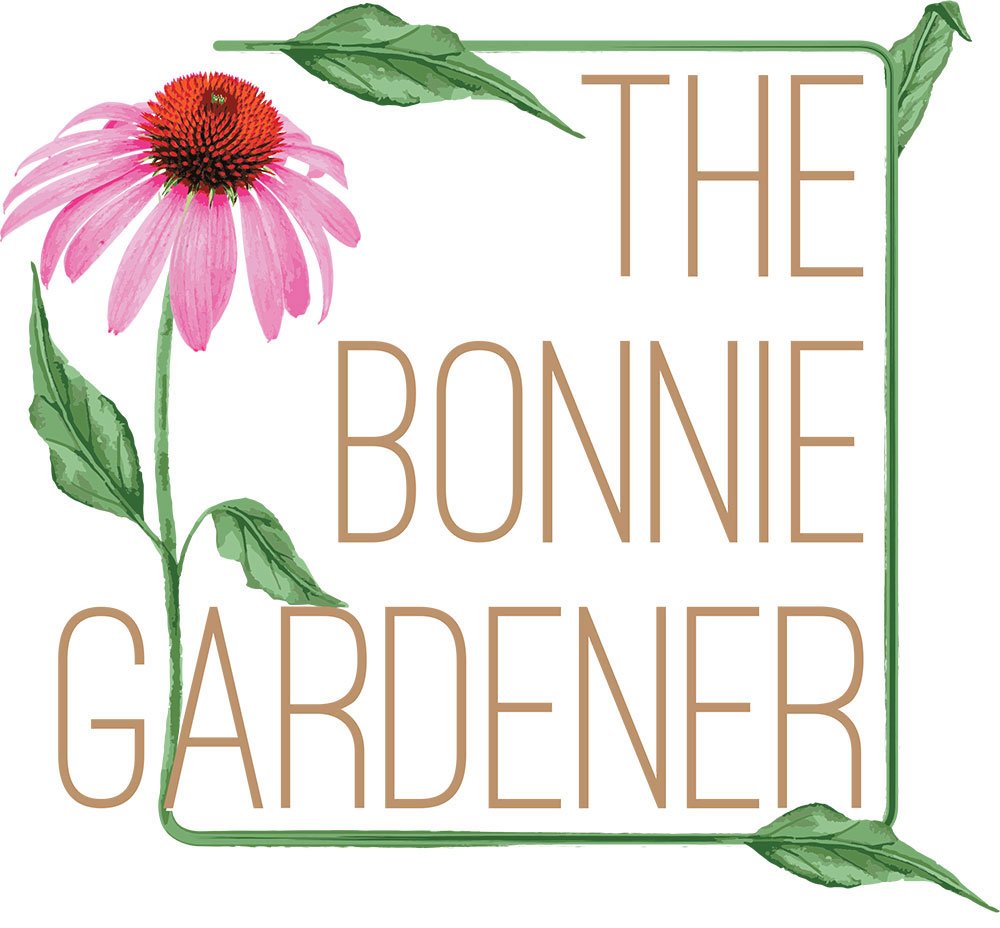What to sow in March: your complete seed sowing guide 🌱
March marks the arrival of spring, and it's the perfect time to get seeds started to ensure a summer full of blooms, fresh veggies, and aromatic herbs. Whether you’re new to growing from seed, or an experienced grower, here’s some tips from me to get the best results this month.
To sow direct or not direct?
Most seed packets will give instructions for when to sow seed directly into the ground, and when to sow under cover. As a general rule of thumb, I would avoid sowing seeds directly into the ground, at any time of the year. There are a few exceptions to this, but on the whole, seeds do a lot better in Scotland if you sow them under cover first, and bring them on in a sunny windowsill, before transplanting them outside from around May onwards (after the frosts have passed).
Seeds that I would sow direct include wildflowers for meadows, broad beans, peas, Calendula, Borage, carrots, parsnips and poppies.
What to sow in March
🌸 Flowers
Hardy Annuals – Calendula, Borage, Poppies – sow directly into prepared soil outside.
Sweet Peas – Soak seeds overnight before sowing, then plant in deep pots for strong root growth.
Sunflowers – Start indoors to get a head start on big, bold blooms.
Wildflowers – If you have an area you would like to create a meadow on, it is really important to prepare the ground properly first. Ensure the soil is bare and freshly raked over, with big stones removed. Then scatter the seed. Wildflowers will not succeed if you sow them directly into grass. They need contact with bare earth in order to grow. Choose a perennial mix if you want flowers that come back year after year. Cornfield annuals are a good choice if you want a display for one year only.
🥕 Vegetables
Root Crops – Beetroot can be started in a sunny windowsill now. Parnsips and carrots prefer to by sown directly where they will grow, as they dislike being transplanted. They prefer a free draining, slightly sandy soil to prevent the vegetables forking. If you don’t naturally have this type of soil, recreate this environment in a pot. Cover the seed with cloche to give it some warmth and help the seeds to germinate.
Leafy Greens – Lettuce, Spinach, Chard, Rocket – start now in a sunny windowsill.
Peas & Broad Beans – Sow directly into the soil, or in deep modules for transplanting later. If you have any issues with mice on your plot, avoid sowing direct as they often eat the seeds before they get a chance to grow.
Brassicas – Cabbage, Kale, Sprouts – start indoors on a sunny windowsill.
Leeks & Onions – Start from seed now, again in a sunny windowsill, for harvesting later in the year.
🌿 Herbs
Basil, Parsley, Coriander, chives, Marjoram, Thyme – Best sown indoors in seed trays or small pots.
How to sow seeds for success
Choose the right compost – Use seed & cuttings compost rather than multi-purpose compost for best germination rates. Multipurpose compost is very nutrient rich and sometimes too powerful for little seedlings – a seed compost has much fewer nutrients and will get them off to the best start.
Provide enough light – A sunny windowsill, polytunnel or greenhouse is ideal. While we want to avoid exposure to frost, too much heat can be detrimental too – try and site away from radiators if possible.
Water gently – Keep the compost moist but not soggy. Use a fine mist spray to avoid washing seeds away.
Thin out seedlings – If multiple seeds sprout in one space, remove the weaker ones to give others room to grow.
Label everything – It’s easy to forget what’s what once seedlings emerge.
Transplanting & Hardening Off
Once the seedlings are big enough and strong enough, they’ll need to be hardened off before you plant them outdoors. Only start doing this after the frosts have passed – usually around early May. When we get nice warm spring days in March and April, it can be tempting to plant out, but it is too soon – try to be patient!
Harden off by doing the following:
1️⃣ Move plants outside for a few hours a day for 7–10 days before planting out.
2️⃣ Bring them back in overnight. Repeat this in and out step for 7-10 days.
3. Keep an eye on the forecast – if frosts are forecast, be mindful! It’s easy to forget to bring them back inside.
4. When planting out, water well and mulch around the base to retain moisture. Ensure you continue to water your new plants over the first summer – don’t let them dry out. Protect from slugs using beer traps or other organic methods.
Common seed sowing mistakes (and how to avoid them)
Sowing too early – Even in March, some seeds may struggle if conditions are too cold. Stick to hardy varieties – more tender plants can be sown from next month.
Overwatering – Too much moisture can cause seeds to rot before they germinate. Keep soil damp, not soaked.
Not enough light – Seedlings growing tall and weak? Move them to a brighter location if you can.
Ignoring spacing – Crowded seedlings compete for nutrients. Follow spacing guidelines on seed packets.
Happy sowing
March is an exciting time for gardeners, and with a bit of planning, you can set yourself up for a fantastic growing season. Whether you’re starting flowers, veggies, or herbs, the key is to choose the right plants, prepare your soil, and give seeds the best possible start.
🌿 What are you sowing this month? I’d love to hear! Happy planting! 🌱✨
Nicola
The Bonnie Gardener
nicola@thebonniegardener.co.uk
